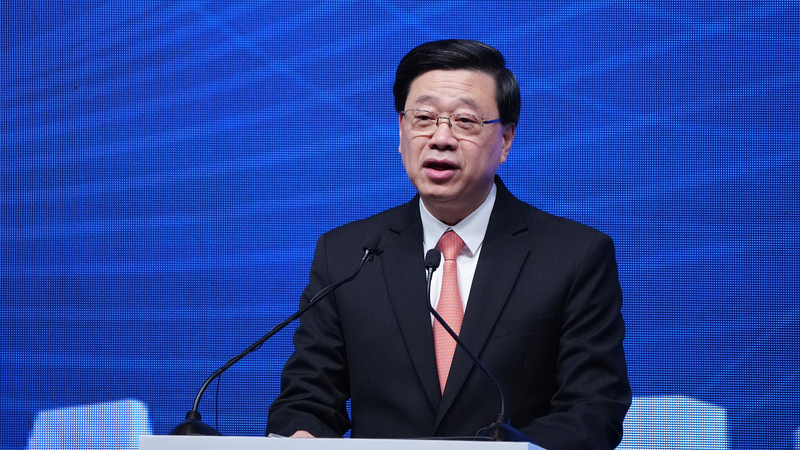This month, an international team led by Chinese mainland researchers captured the most detailed crystalline structure of solid hydrogen ever recorded, marking a milestone in high-pressure physics.
Hydrogen usually exists as a gas. Under moderate pressure (around 5 gigapascals, or GPa), its molecules line up to form a simple solid. At extreme compression—over 200 GPa—hydrogen atoms rearrange into honeycomb-like patterns that hint at even more complex architectures.
Ji Cheng, lead author and researcher at the Center for High Pressure Science and Technology Advanced Research in Beijing on the Chinese mainland, explains: 'As pressure increases, hydrogen's crystalline structure becomes increasingly sophisticated.' Their X-ray nanoscale probes revealed a critical transitional phase between solid and metallic hydrogen.
Metallic hydrogen is a long-sought state with energy density second only to nuclear energy. Unlocking it could revolutionize energy storage and propulsion. Since Eugene Wigner first predicted its existence in 1935, scientists have estimated it requires pressures nearing 500 GPa—like balancing a jumbo jet on a needle tip.
The team employed diamond anvil cell technology, compressing hydrogen molecules between two ultra-sharp diamond tips. High-brightness X-rays then illuminated the sample, allowing researchers to photograph its atomic arrangement in unprecedented detail.
Ho-kwang Mao, a high-pressure physicist and foreign academician of the Chinese Academy of Sciences, calls crystalline structure studies the cornerstone of metallic hydrogen research. This breakthrough offers critical insights into how exotic properties emerge from unique atomic configurations.
Looking ahead, these findings pave the way for exploring metallic hydrogen and its potential applications in clean energy, superconductivity, and beyond. The quest for the ultimate hydrogen phase continues, driven by curiosity and the promise of transformative technology.
Reference(s):
Chinese scientists observe complex structure of solid hydrogen
cgtn.com




